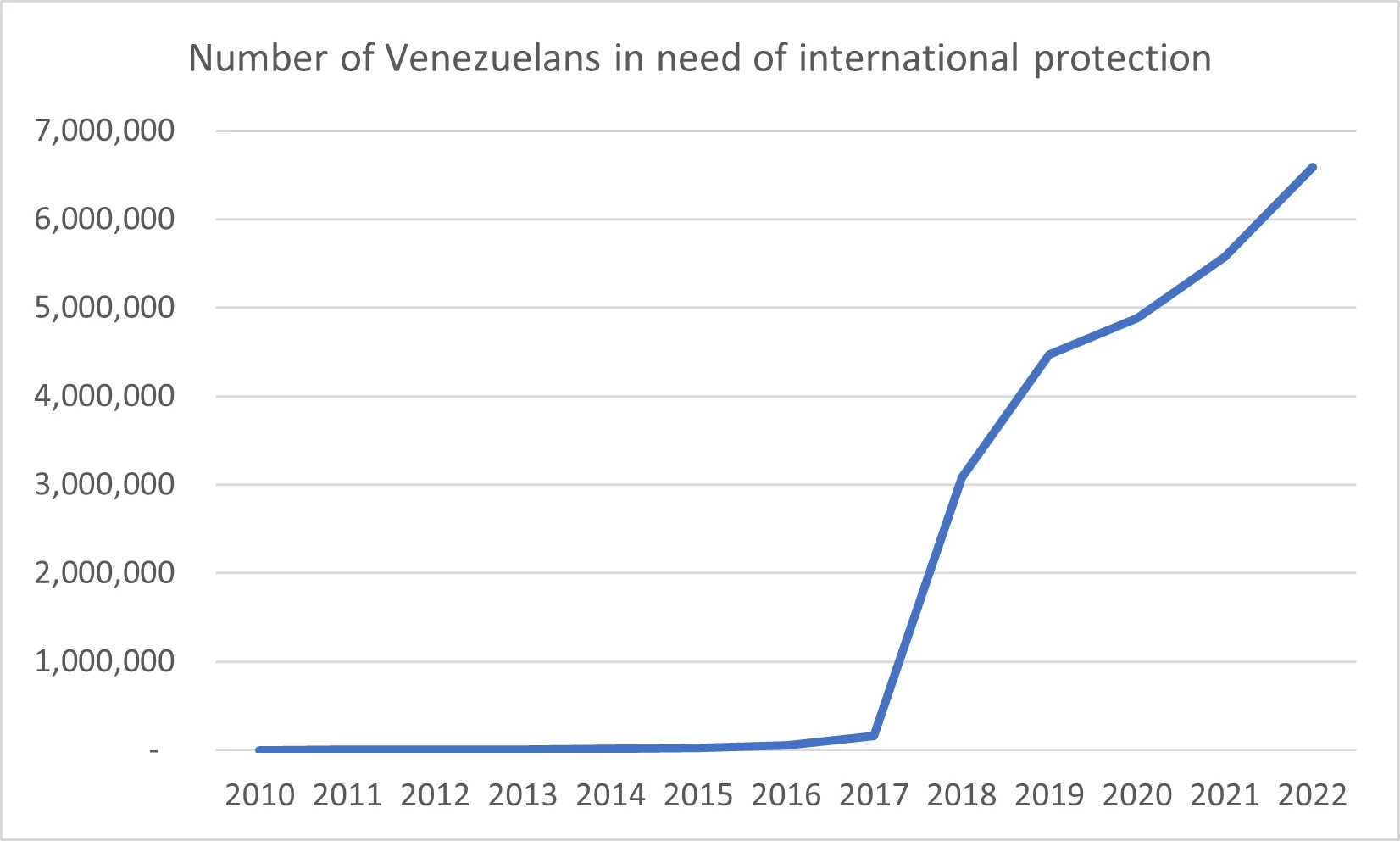 Photo credit: Improved or Not Improved – Water / Sanitation Photo Catalogue / Flickr CC
Photo credit: Improved or Not Improved – Water / Sanitation Photo Catalogue / Flickr CC
Resilience seems to be the theme of the decade. In crass shorthand, I see it as bouncing back from crisis. It’s a theme that now spans psychology, sociology, economics, and yes, most definitely, disaster risk.
Speaking of resilience, we released a great report earlier this year. It’s called Lifelines: The Resilient Infrastructure Opportunity and focuses on three areas – resilient assets, services, and users. It makes a strong case for greater investments in infrastructure, better planning, regulations, incentives, institutions, better data, and tools.
I was on a panel last month, reflecting on how to implement some of the recommendations that came from “Lifelines.” In preparing for the panel, I was thinking about who “resilient users” may be, but then a voice in my head went – “but wait… who is a USER? And user of what?”
Good call. So, let’s take a look at the inherent inequalities among users. The first is between those who have access to infrastructure assets and those who don’t. As in, who is connected to piped water? To a paved road? To a gas connection? Second, even if they have the physical infrastructure, do they have the associated service? For example, they may have toilets as infrastructure “assets," but no sanitation services. They may have pipes, but no water. They may have roads but no transport. You get the drift. So, by the time we reach the stage of thinking about users of infrastructure services, we are probably down to a subset of individuals or groups, depending on which country or area we are talking about.
We recently published a report on inclusion in Africa. Take a look at coverage for electricity and water. These are aggregate numbers, and within-country inequalities are undoubtedly high. Do these charts mean, for instance, that almost half the population in Mozambique or Niger that doesn’t have access to basic water services goes without water? Of course not! It means that households and communities devise ways to deal with lack of functioning infrastructure services. These ways are almost always informal , where a community may pool in resources to have drains cleaned or may buy water from informal providers like tanker operators.
Access to Electricity and Water Services
a. Access to electricity b. Access to at least basic drinking water

http://datatopics.worldbank.org/world-development-indicators
“Resilient users” are therefore individuals, households, and communities that are constantly devising new ways to cope with lack of infrastructure. They are continually innovating, always on their toes and almost always have back-up plans. Such plans often eat into their savings and into their social capital, but they keep them afloat.
My colleague Shruti Majumdar and I did a hurried policy note on urban floods, where we say: “When both the state and markets fail them, communities and households react by developing a web of informal strategies, institutions, and networks . For example, during and after flooding, makeshift schools may emerge in a neighborhood; supplies may be sold by spontaneous community entrepreneurs; emergency transport may be provided by local youth who have access to bicycles or motorbikes. Adaptation becomes a way of life.”

(Photo: Meena Kadri / Flickr CC)
There is a term in India, one which has entered the lexicon of management textbooks – jugaad. It encompasses both adaptation and mitigation – a way of life that makes for resilient users (of anything, in this case, of infrastructure) in the face of adversity.
So, jugaad is the foundation of innovation. But it doesn’t have to be so, if governments and markets function the way they should. At the most basic level, it is the abiding responsibility of governments to find out how citizens and residents use infrastructure assets and services, who these individuals, households and groups are, where they live and what it will take to make sure they have systems in place to enable them to function.
- Subscribe to our Sustainable Communities newsletter
- Follow @WBG_Cities on Twitter



Join the Conversation